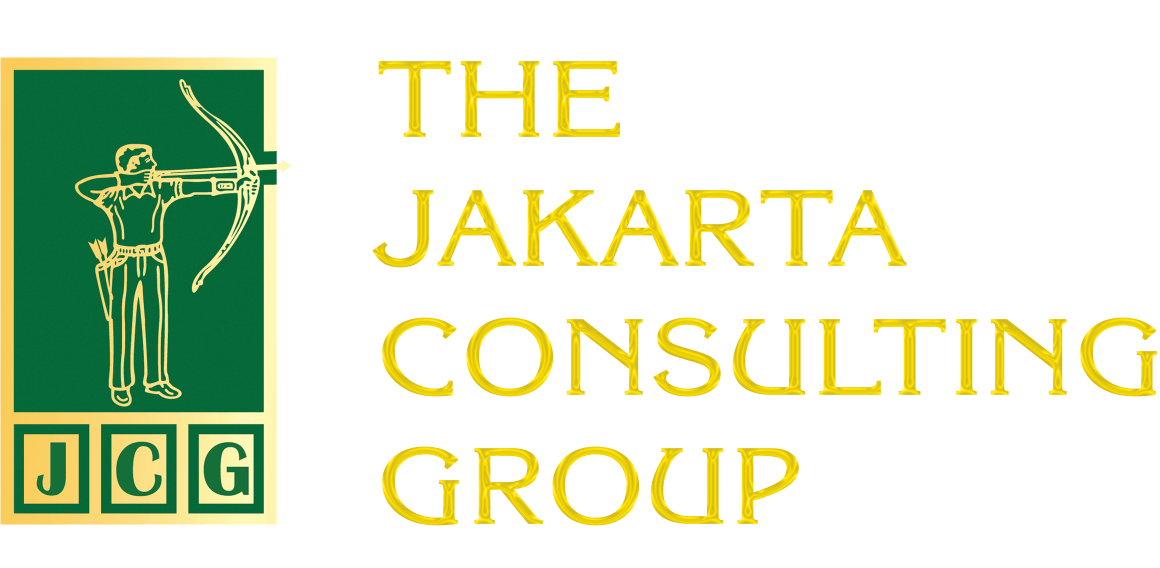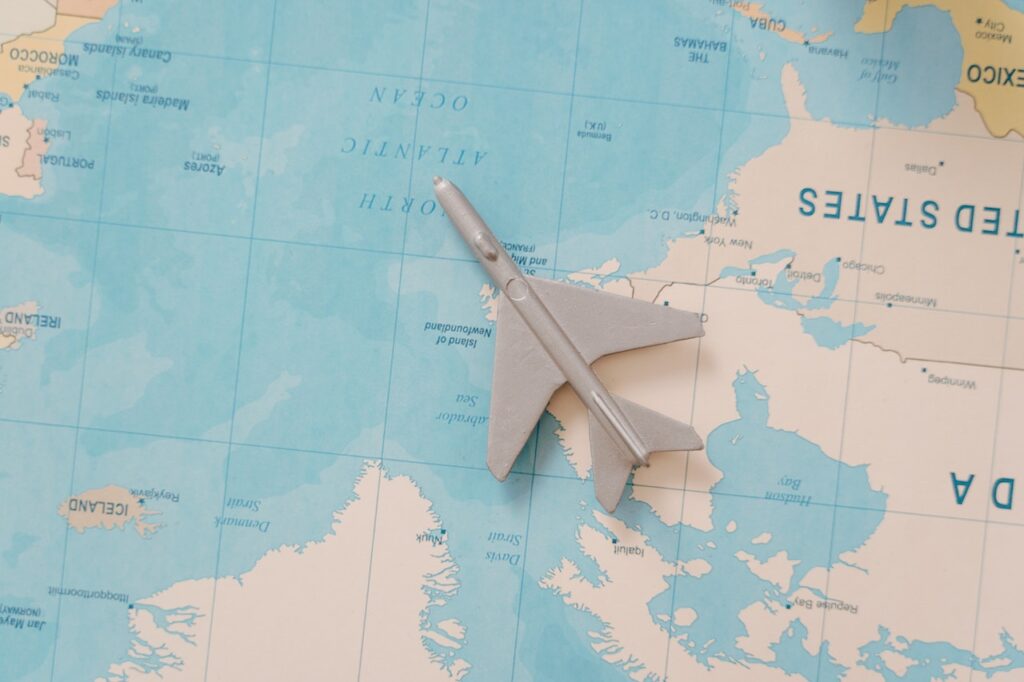After being quiet due to the Covid-19 pandemic, Indonesia’s airspace is starting to get crowded again. This means that many people are starting to travel by air. This is based on data from the Indonesian Aviation Navigation Service Operator (Perum LPPNPI) or AirNav Indonesia.According to AirNav Indonesia President Director M. Pramintohadi Sukarno, the movement traffic data collected showed an increasing trend from the beginning of June 2020 to the beginning of July 2020 compared to May 2020. The total aircraft movements managed at 285 Branches in June 2020 was 51,228 movements, or almost doubled compared to May 2020 of 27,433 movements.
Indeed, this figure is much smaller than before the pandemic. In May 2019, the total number of aircraft movements was 162,426, while in June 2019 it was 169,248. Nevertheless, this increase is certainly encouraging because it is a bright spot in the aviation sector, which has been hit hard by the pandemic. The prospects for the aviation sector in Indonesia are bright, along with economic growth and increased tourism activities in our society. The impact of Covid-19 is believed to be temporary. New airports continue to be built as part of large-scale infrastructure development for national connectivity. The hope is for economic equality and reduced inequality between regions.
The increasing frequency of flights certainly requires navigation. In Indonesia, until recently, AirNav Indonesia was the only company in charge of providing national and international flight navigation services. The purpose of navigation is to prevent aircraft from being too close to each other, prevent collisions between aircraft, and prevent collisions between aircraft and other objects.
Technology infrastructure is something that must always be improved by the world of Indonesian flight navigation, which in this case is represented by AirNav. Complacency must be removed. In this regard, in 2019 AirNav has invested a budget of Rp 1.18 trillion for the automation of flight navigation systems. Other investments were related to ADS-B renewal and rejuvenation at a number of airports, and investments related to surveillants and navigators, such as the Extension Surface Movement Radar Runway 3 Soekarno-Hatta Airport, Instrument Landing System in Samarinda, Denpasar, Banjarmasin and Palangkaraya.
Besides technology, human resources (HR) are equally important. Especially in remote areas such as Papua. Various technical trainings are provided to improve the quality of human resources in the world of Indonesian flight navigation. The increasing frequency and number of flight fleets, along with the growth of the national economy and tourism, inevitably must be followed by an increase in the quality of national flight navigation. With reliable navigation quality, the national aviation world is safer and more comfortable so that it can be relied upon for Indonesia’s economic progress.
© The Jakarta Consulting Group
Related Posts:
Purpose Washing: When Organizational Culture Becomes Nothing More Than Window Dressing
Organizational Culture, the Secret Weapon for Competitive Excellence
Balancing Corporate Culture: Beetwen Competition and Collaboration
Organizational Culture Clashes in Mergers and Acquisitions
Viral Workplace Jargon, Is It Really Helpful or Just a Trend?










